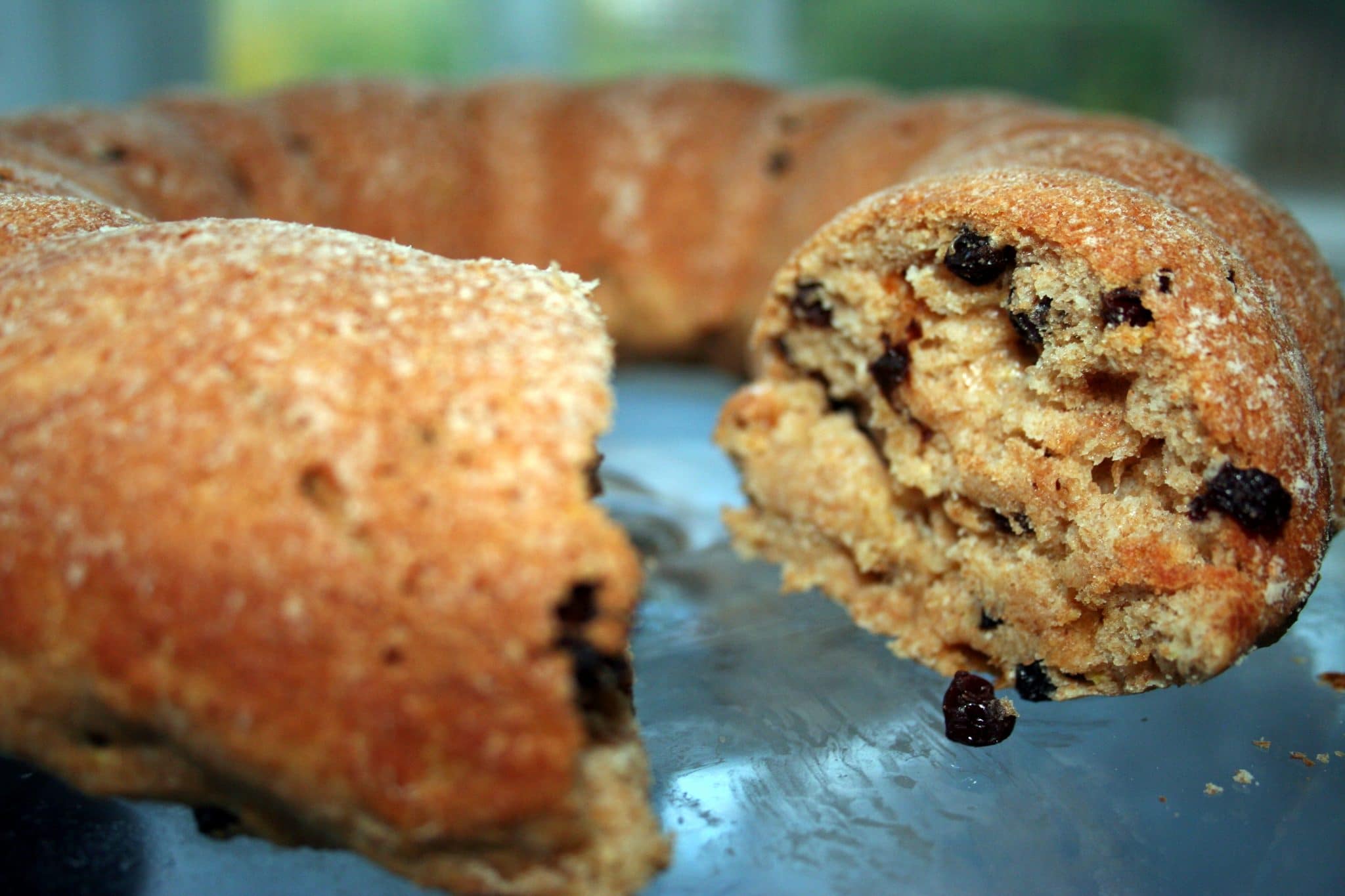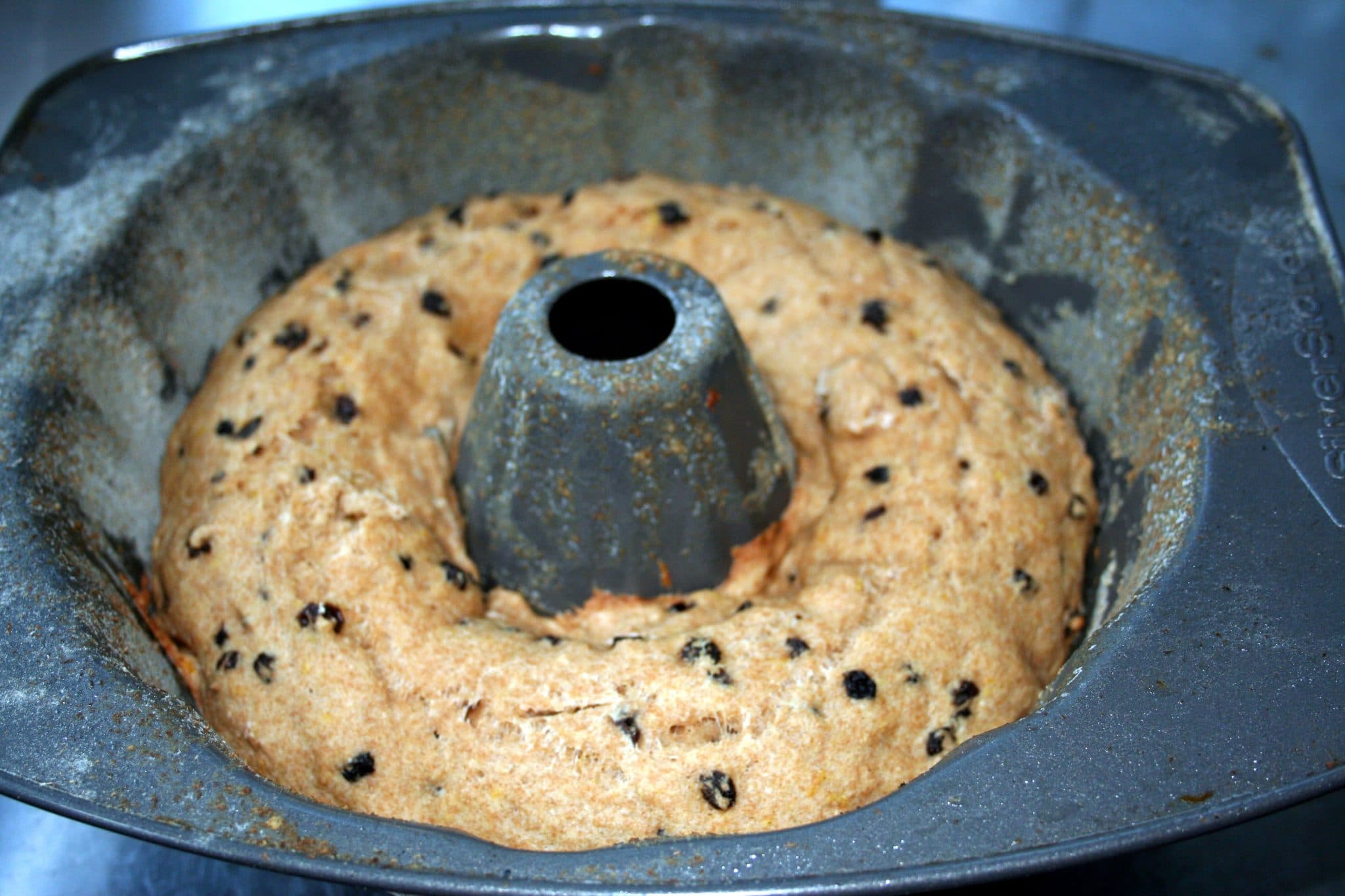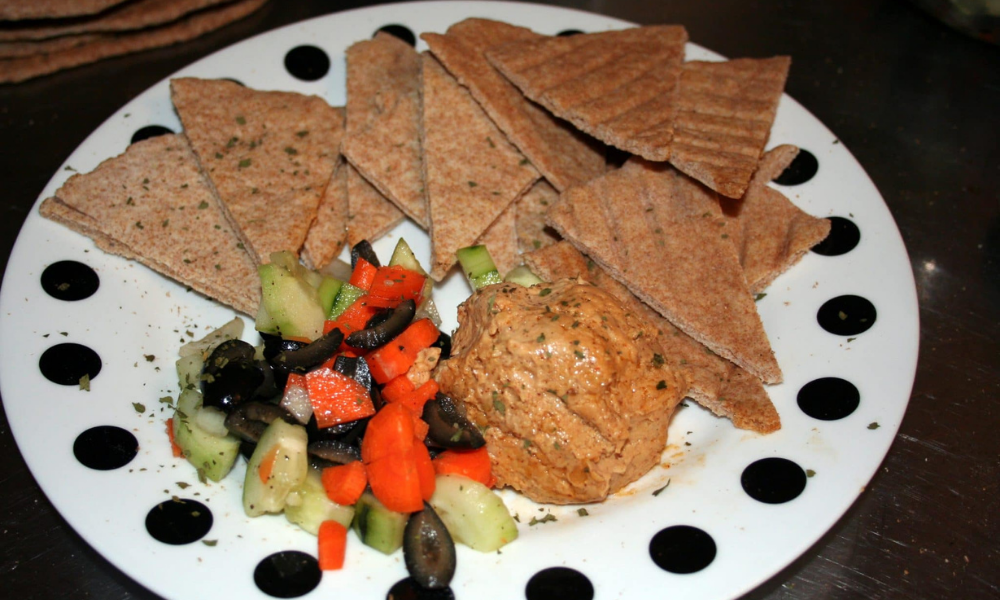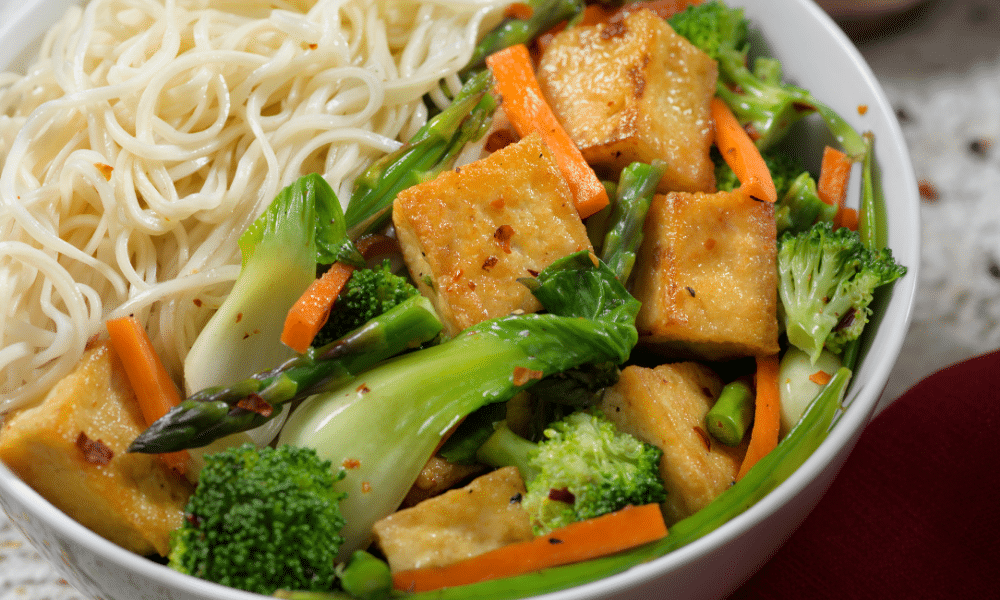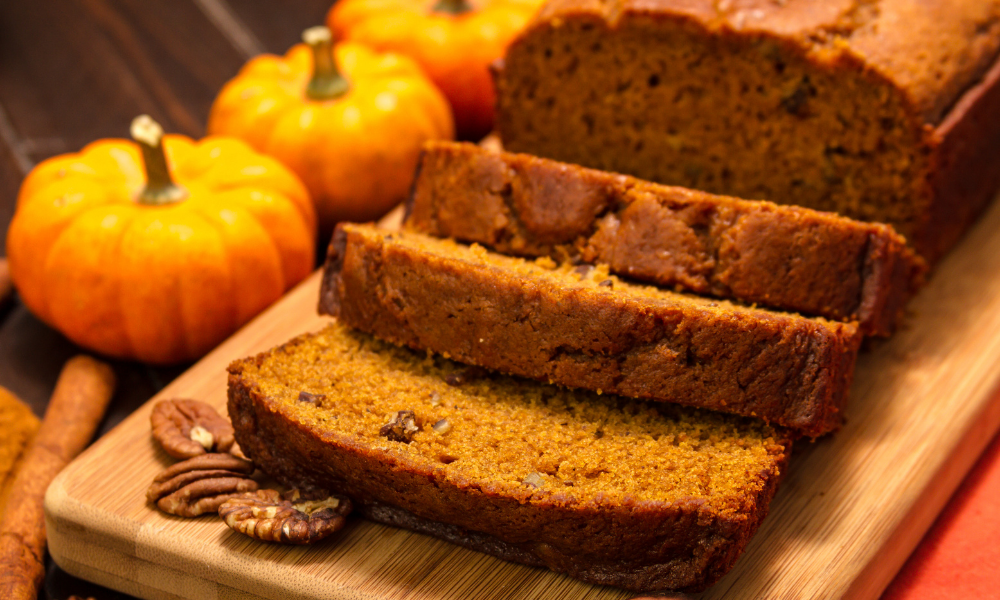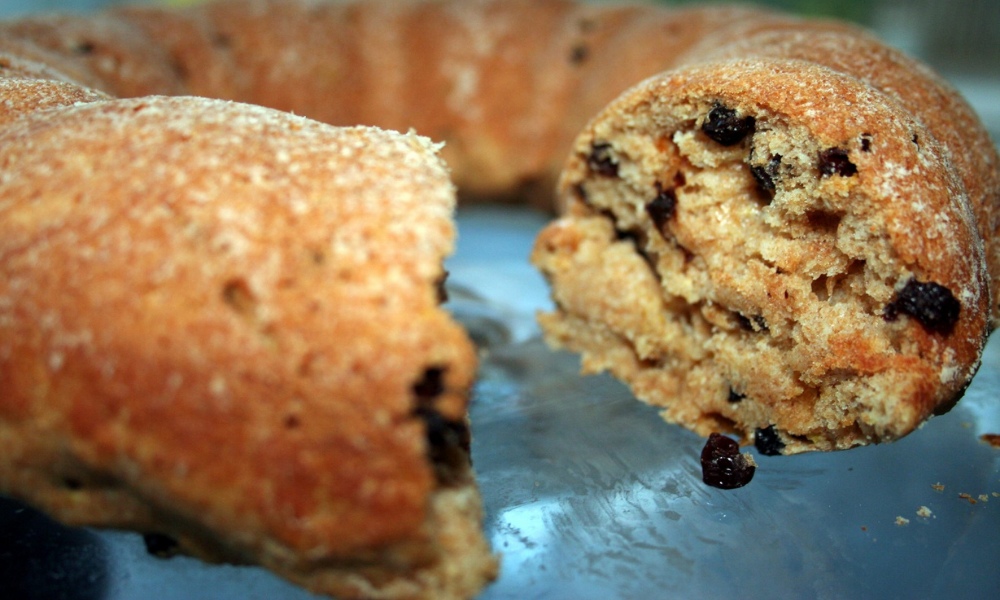
Stevia
Happy Sweet-Tooth Friday! It’s Christine here with your healthy dessert recipe of the week. With all the sugary Halloween candy going around, I thought it would be nice to explore an alternative sweetener like stevia!
Is stevia safe?
After a not-so-great first experience with stevia and pumpkin, I vowed to do some more research on stevia to get it right! I didn’t just find out about cooking with stevia, I also learned about the crazy controversies surrounding the sweetener.
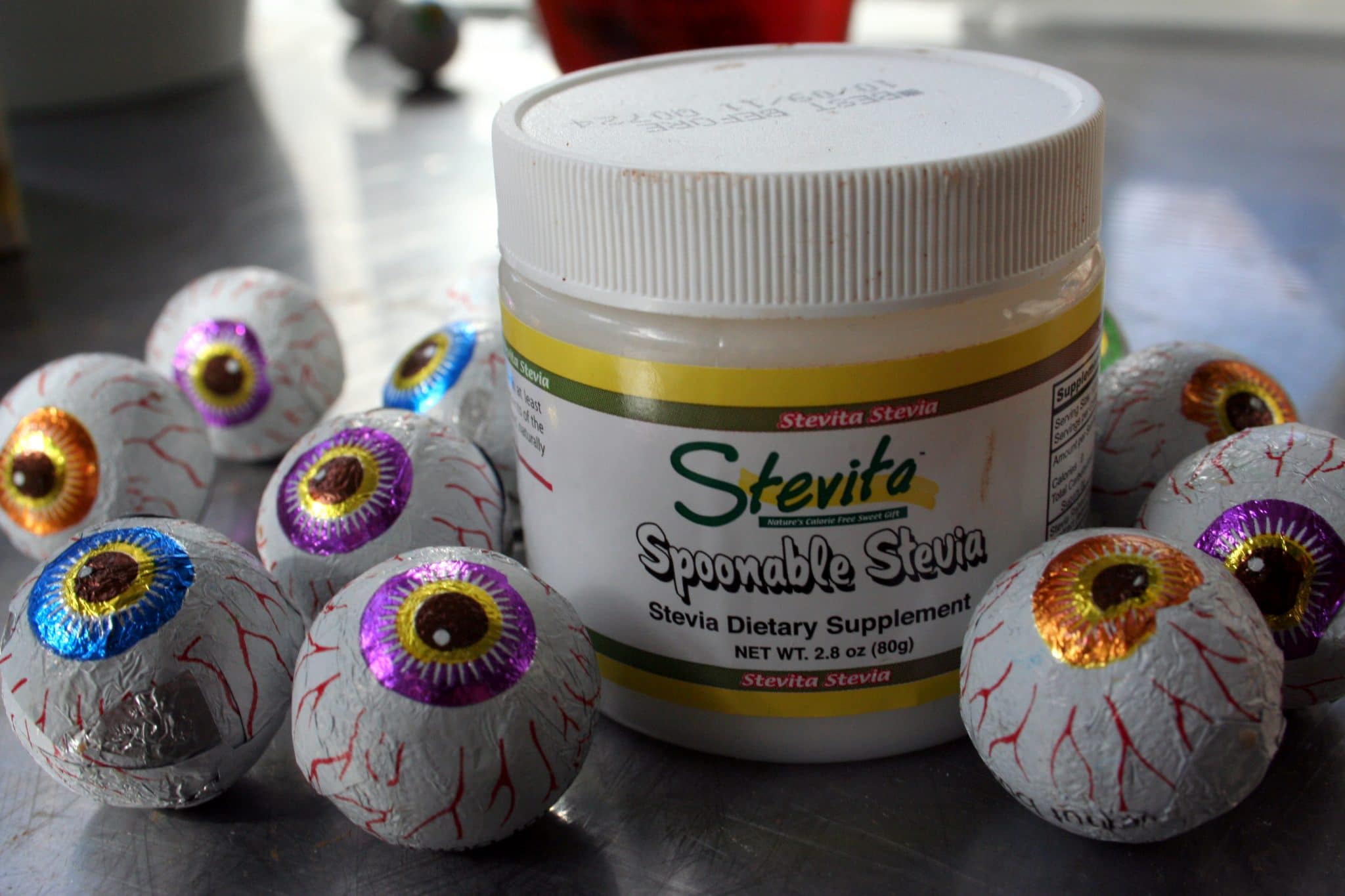
Stevia: still scary for the FDA
The sweet leaves of the stevia plant are originally from South America, and have been sweetening Yerba Mate in Paraguay for centuries. Japan has been using stevia as a sweetener since the 70’s and now it makes up 40% of all sweeteners used. So how come it’s 2009 and stevia is just showing up at my grocery store?
Stevia had quite the journey coming here: there were a handful of very dated and poorly executed studies on stevia that showed dangerous results, which scared the FDA and fueled sugar lobbyists. Two of these old studies found stevia to be a contraceptive. The data methods have been seriously questioned and the results have never been able to be reproduced (ha!) since. One study from 1985 made it seem that very high doses of stevia were mutagenic in rats. It has been shown now that the data was handled incorrectly- even water would appear mutagenic — but in 1991 the FDA decided that stevia was an unsafe food additive.
There was a lot of fuss about the FDA’s ruling because it was made on the idea that stevia hadn’t been proven safe. This contradicts the FDA policy to rule unfavorably only if a food has been proven unsafe. The ruling also conflicted with trade laws, and in 1995 the decision was reversed and stevia was allowed as a “dietary supplement” but not a “food additive.”
What does this distinction mean? It says that stevia is safe to include into a food because of its health benefits, but cannot officially be listed as a “sweetener.” Silly, right?
In 2006 the World Health Organization declared that stevia is safe. Just last year in 2008 the FDA finally decided that Rebiana, one extracted part of stevia, is generally regarded as safe. For some reason, they haven’t ok’d the entire leaf yet. Rebiana is the main ingredient in Truvia, owned by Coca-Cola, and PureVia, owned by Pepsi. My impression is that when the two big sweetener-guzzling companies got interested in stevia, their influence overpowered the aspartame and sugar lobbyists’ impact on the FDA.
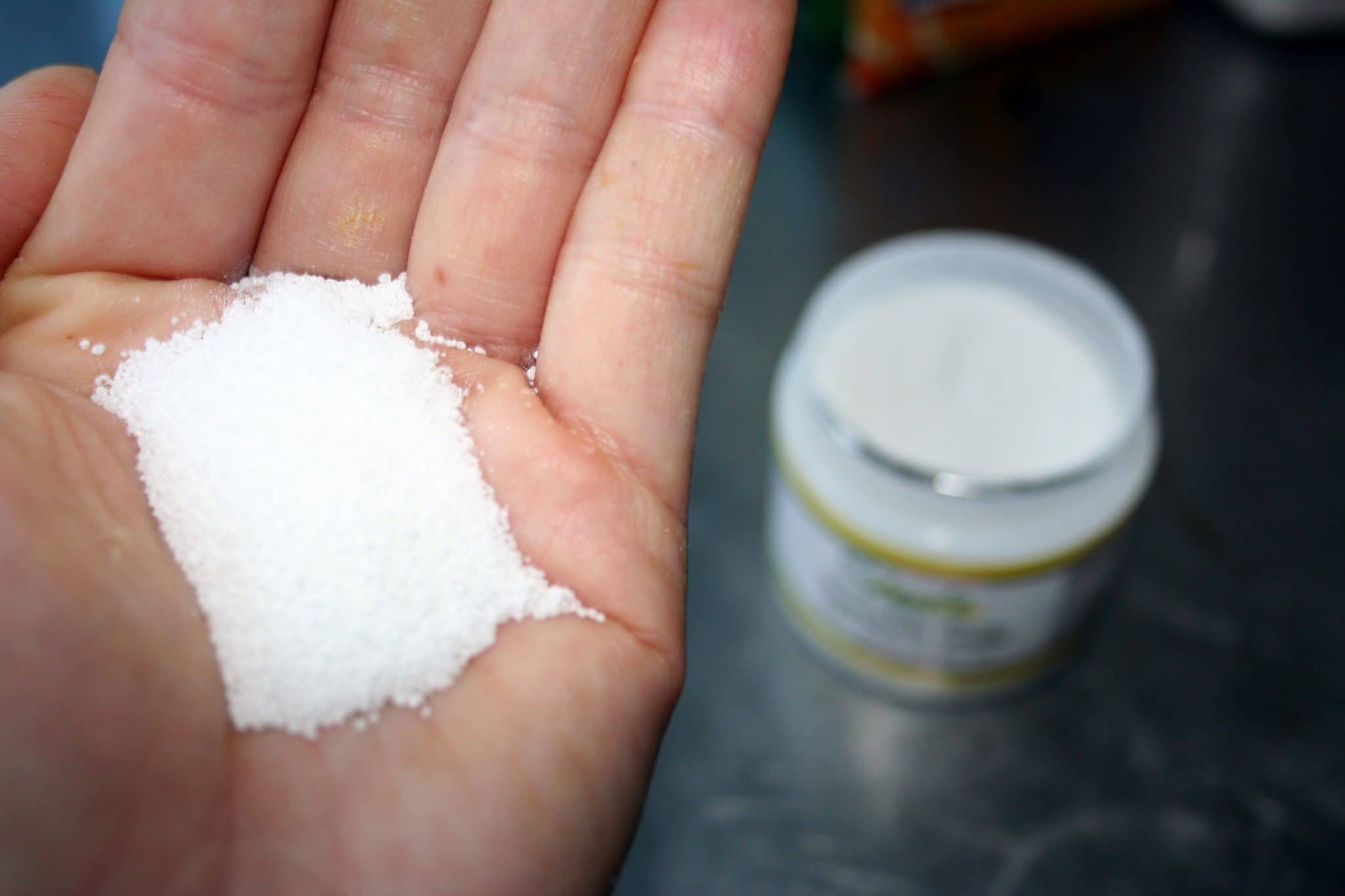
As for baking, stevia is heat stable so it won’t break down like synthetic sweeteners under high heat, and it also can handle being frozen. Because of this, it doesn’t caramelize so it is unsuitable for, well, making caramel, and also things like meringue where you would need the sugar to brown. Stevia can’t ferment either- sometimes in bread recipes you’ll see sugar being used to feed the yeast. With stevia the bread will not rise as much
Stevia as a substitute
When substituting with stevia, it’s important to compensate not just for sweetness but also for bulk. You only need to use about 1/2 a teaspoon of stevia extract for 1 cup of sugar, so you need to make up for that loss. But remember that sugar melts in the oven, so for every cup of sugar you take out, you only need 1/3 to 1/2 a cup of filler. Refer back to my post on healthier baking to find some great replacements; pumpkin, mashed bananas and applesauce all work well.
Stevia extracts aren’t standardized yet, so the strength of different brands will differ. Start with a very small amount like an 1/8 teaspoon and taste as you go. Stevia can very quickly have a bitter aftertaste. Try adding a tablespoon of maple syrup to “warm up” the taste.
Vegan Orange-Currant Brunch Cake
I modified this recipe from one posted on several different stevia websites, including steviashop.com. It’s a small batch, so you may want to double it for a taller presentation.
Ingredients:
- 2 cups whole wheat flour
- 4 tsp baking powder
- 1/4 tsp salt
- 1/2 tsp stevia
- 1 tbs egg replacer
- 1 cup orange juice
- 3 tbs walnut oil
- zest of 1 orange
- 1/2 cup dried currants
Preheat the oven to 350 degrees. Mix together the flour, baking powder, salt, and stevia, then set aside. Mix together the egg replacer with 1/4 cup warm water and stir until thick. Add juice and oil. Stir the wet ingredients into the dry. Fold in zest and currants. Spread into a greased and floured tubed pan. Bake for about 25 minutes, turning around halfway through. A knife should come out clean when it’s finished. Let cool for 20 minutes before unmolding.
I was nervous about the simplicity of this recipe, but the results were delicious! It is not too sweet at all- it reminded me of a good muffin. The currants add nice bursts of flavor too. I think the success here relied on using the stevia to play up the sweetness of the orange juice, instead of using the stevia as the main event.
Hope you learned something new about stevia and enjoy this yummy vegan cake! If you have a good dessert recipe that uses stevia, I’d be pleased as punch if you sent it my way.
Have a sweet and safe Halloween!
xoxo Christine



